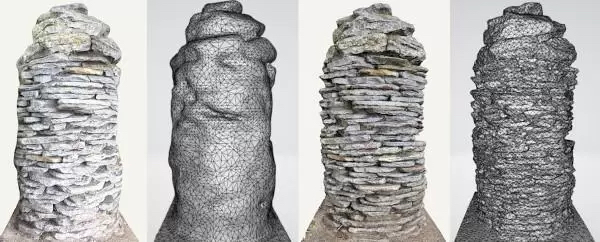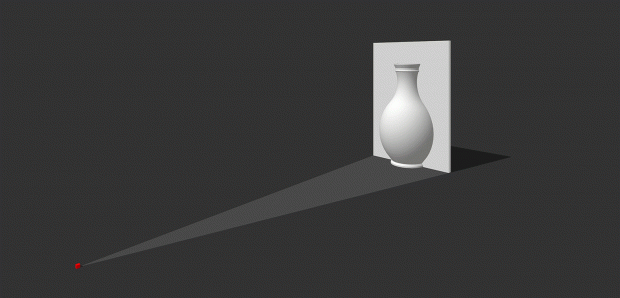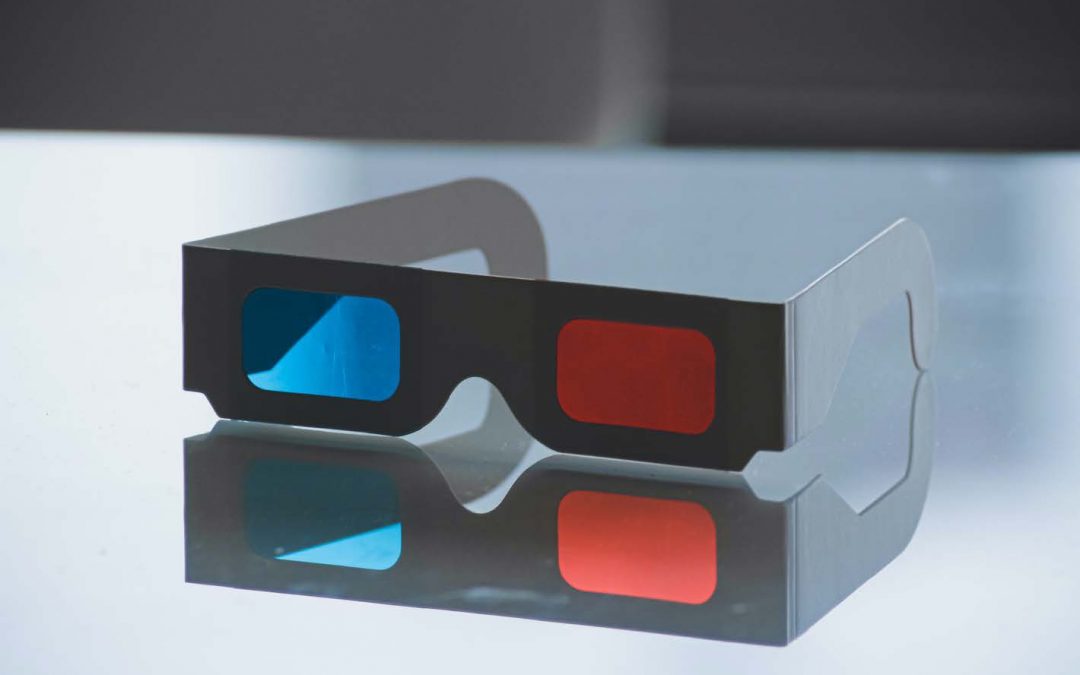A blog post covering the pros and cons of 3, 3D scanning methods: LiDAR, photogrammetry, and structured light scanning, with the author arguing for the use of structured light scanning in our cemetery project.
Guest post by Cooper
I can’t believe our time here is almost up, and with so much left to do! One of our goals here at the cemetery is the create 3D models of the monuments on site, especially ones that are particularly worn and difficult to read. There are a handful of options when it comes to 3D scanning including LiDAR, photogrammetry, and structured light scanning (SLS). This blog post covers the pros and cons of each method and argues for the use of SLS for this specific project.
Understanding LiDAR and Photogrammetry
William Andrews provides a basic overview of the differences between LiDAR and photogrammetry including why archaeologists will choose one over the other in certain situations. To summarize the main points:
- LiDAR employs powerful lasers to generate a 3D model of whatever it’s scanning. It does this by shooting many, many lasers towards whatever is being scanned and keeping track of how long it takes for the laser to bounce back to the LiDAR sensor. The closer something is to the sensor, the faster the beam returns.
- Photogrammetry works in a similar way to old-school red/blue 3d glasses – by having two images slightly offset with each eye looking at a different one, a 3D effect is achieved. Photogrammetry software operates on this same principle but at a much grander scale, stacking 100s of still images on each other until the scene is rendered in 3D.
What are the pros and cons of each method?
LiDAR is good at capturing large areas that would be tedious to capture with photogrammetry and is able to quickly generate 3D images. Additionally, LiDAR “sees” with lasers, so lighting does not matter. This ease of use comes at the expense of both money and detail. LiDAR struggles to pick up small details and intricate textures, something that we are specifically trying to capture with this project.
Photogrammetry is very cheap when compared to other methods. It doesn’t require much in the way of specialized equipment or training, making it the most accessible of all methods. It can also capture much more detail than LiDAR can. However, it requires the user to take hundreds of photos of the object that they are attempting to capture. Processing these photos into a 3D model takes a very long time, sometimes multiple days. You won’t know until it’s finished whether you captured enough photos for an accurate model, possibly sending you back to square one. Photogrammetry is also picky about lighting and shadows, things that are difficult to control when you are trying to capture an object outdoors.
During our most recent field day, we were taught how to use Polycam. Polycam is an iPhone app that makes use of both traditional photogrammetry techniques and LiDAR. Certain iPhone models come with a small LiDAR sensor, but it pales in comparison to dedicated LiDAR setups. Considering that professional-grade LiDAR systems begin at over $20,000, with an iPhone costing around $1200, it’s easy to imagine that the iPhone version is much more limited than the real deal. That’s why I’d like to argue for the use of structured light scanning for our cemetery project.

A comparison of two 3D models captured on iPhone using the Polycam app. The left side shows a model captured by the iPhone’s LiDAR sensor, and the right side shows the same object as captured by photogrammetry. (via 3Dwithus)
What is structured light scanning?
SLS is a method of 3D scanning that offers speed, portability, ease of use, and extremely high levels of detail. If we go back to the 3D glasses metaphor, SLS works in a similar way. It has two cameras (or eyes) with a powerful projector in the middle. The scanner projects certain uniform patterns (stripes, grids, etc.) that make the shape of whatever is being scanned very obvious. With two ‘eyes’, the scanner only needs to do some basic trigonometry to calculate the distance of each feature from the scanner, making processing very quick.

The above gif demonstrates the basic idea of SLS. A scanner’s projector (left) emits white light, which, after passing through a grid in the middle, is structured into lines, or stripes. These otherwise straight lines are distorted as they hit the curved surface of the vase, with wider parts of the line being closer to the scanner (Via Artec 3D).
Why should we use structured light scanning?
- Ease of use
- The speed, portability, and automation of SLS is unmatched and would allow us to capture monuments at breakneck speeds compared to the other methods
- Lighting
- Or lack thereof. Since SLS projects its own light, its only lighting requirement is that it’s dark enough out for its projection to be visible. Compared to photogrammetry, which has major issues with shadows and is most ideally done on an overcast day (something difficult to achieve in the summer), SLS just requires the nighttime.
- High resolution
- Since one of our main goals in 3D scanning these monuments is to decipher worn inscriptions that aren’t visible to the naked eye, we need a method that provides the most possible detail, which in this case is SLS.
During my research, I managed to find a structured light scanner in Victoria that we may be able to use for free, so we may soon be posting some high-quality scans – keep your eyes peeled!
